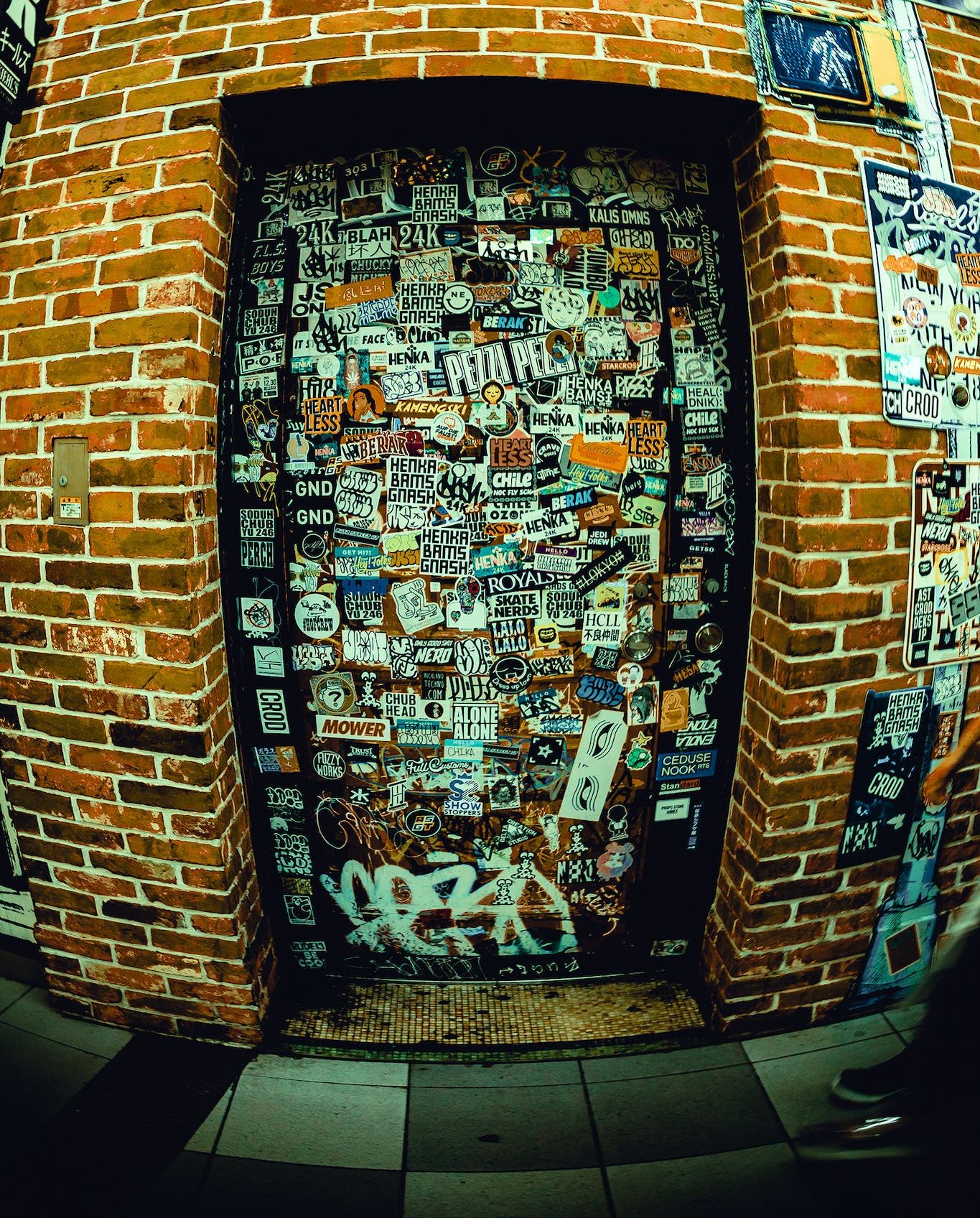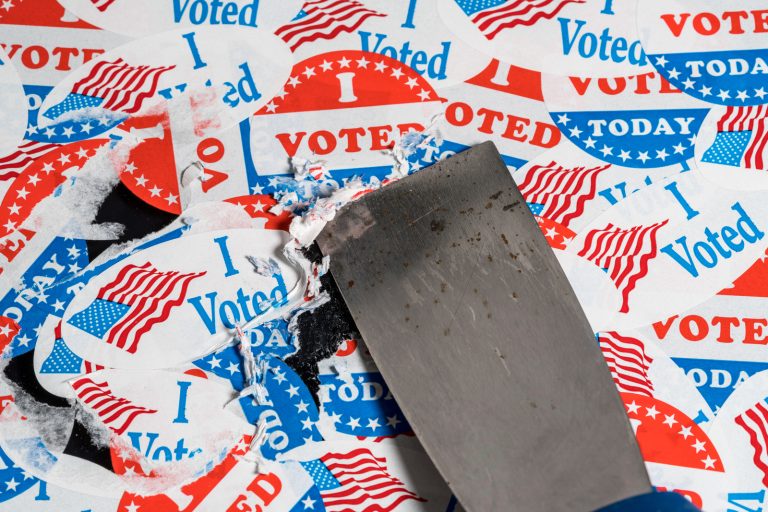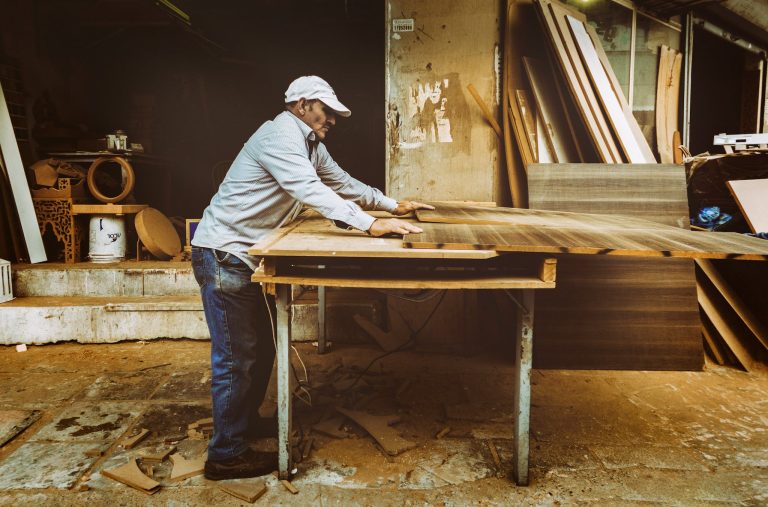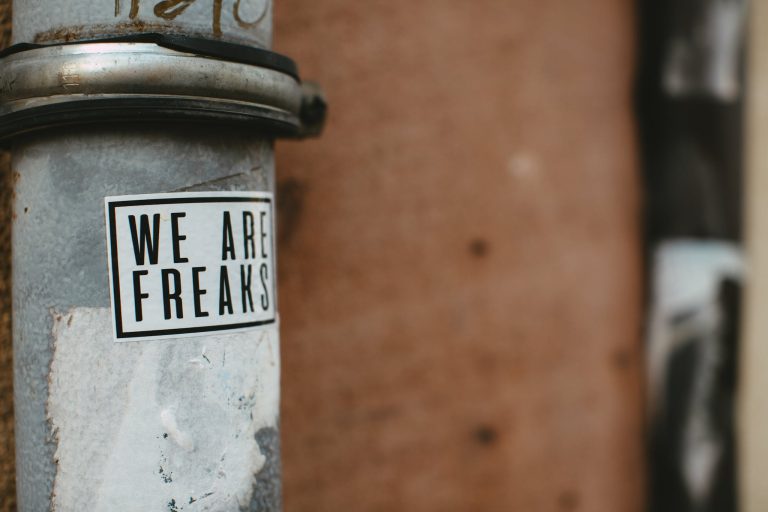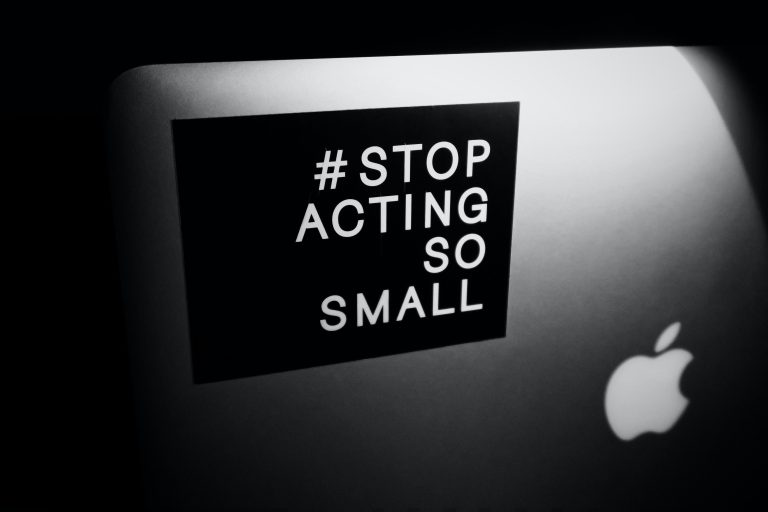How to Remove Stickers From Wood
Peeling off a pesky sticker from a wooden surface can be quite a task, sparking a series of common challenges from sticky residues to unsightly scratches. This article is designed to guide homeowners, DIYers, and even professional cleaners on how to eliminate such issues effectively.
Why is it Important to Remove Stickers Correctly?
Improper methods of sticker removal from wood can bring about detrimental effects, which often leave behind scars and mars on the beautiful wooden texture. Employing wrong strategies can potentially damage the wood surface, or even peel off the existing paint, thus bringing along the need to understand the correct ways of doing so.
Different Methods to Remove Stickers from Wood
The upcoming sections shed light on multiple methods of removing stickers from wood, each differing from the other in terms of the process, efficiency, and usage. Choosing the right way depends heavily on the type, sensitivity, and condition of the wood, and plays a crucial role in preserving its charm.
How to Remove Stickers from Wood Without Damaging it?
Performing a safe removal of stickers from wood can be a challenging yet achievable task.
Step-by-Step Guide:
- Start with peeling off the sticker carefully, ensuring to not tear it, for ease in overall removal.
- Use a damp cloth to loosen any residue, without getting the wood overly wet.
- Apply a mild adhesive remover on the sticky remains and let it soak for a few minutes.
- Gently scrub off the adhesive using a soft cloth or sponge ensuring you do not damage the wood.
- Clean up the surface with a final wipe to ensure no residue is left behind.
Tips for the Best Results
- Test out the adhesive remover on a less visible part of the surface before using it.
- Always employ a circular motion while scrubbing to prevent scratches from forming.
- Follow the instructions on the removal products carefully to avoid unnecessary damage.
Does Goo Gone Remove Stickers from Wood?
Goo Gone is a powerful adhesive remover that is widely used for its safe and effective sticker removal properties. This unique solution can quickly dissolve stubborn adhesive residues without damaging the surface underneath. It is helpful for not only removing stickers but also for eliminating sticky issues like gum, tar, crayon, and tape residue.
Steps for Using Goo Gone to Remove Stickers from Wood
First, test a small, inconspicuous area of your wooden surface with Goo Gone to ensure it doesn’t harm the finish. Next, apply Goo Gone to a soft cloth and gently rub the sticker area. Let the solution sit on the sticker for several minutes to allow it to penetrate the adhesive. Gradually, start peeling off the sticker, reapplying Goo Gone as necessary. Finally, wipe the area clean, ensuring to remove all Goo Gone residues.
Will Goo Gone Damage Wood?
Although Goo Gone is generally safe for most wood types, there’s still a risk it could damage certain finishes. It’s essential to do a spot test before applying it liberally. If the wood reacts negatively during the spot test, consider using a milder adhesive remover or manual strategies.
How to Remove Stickers from a Wood Door
Removing stickers from a wooden door can be slightly more challenging. The adhesive might have been baked on by the sun or become more bonded to the wood over time, making it tough to get rid of. Also, doors often have multiple coats of paint and finish that can be vulnerable to damage from harsh adhesive removal methods.
Step-by-Step Guide to Removing Stickers from a Wooden Door
Start by gently peeling off as much of the sticker as possible. Then, use a hairdryer on a low-heat setting aimed at the sticker to soften the remaining adhesive. With a plastic scraper, gently chip away at the loosened sticker. If residues remain, apply a dollop of cooking oil or an adhesive remover like Goo Gone, and let it sit for a couple of minutes. Then, scrape or wipe off the leftover adhesive. Finally, clean the area with warm soapy water to remove any oil or adhesive remover.
Tips for Avoiding Damage to Paint
Removing stickers from painted wood surfaces can be a tricky task. It’s a unique problem, considering the delicate balancing act required to protect the underlying paint while also completely eliminating sticker residue. The secret lies in avoiding any overly abrasive techniques and instead using light strokes, warm water and soap, or using a hair dryer to soften the sticker and its adhesive. Gentle, patient work will help you preserve the underlying paint unscathed.
How to Remove Stickers from Wood Furniture?
Wood furniture often falls victim to the playful decoration of stickers, especially in homes with kids. Removing these stickers, however, can prove challenging. A good start involves gently peeling off as much of the sticker as possible with your fingers or a plastic spatula. Then, using a mixture of warm water and soap, or vinegar, dampen a cloth and gently wipe the area to remove any remaining adhesive residue. Finish off by drying and applying a mild furniture polish to bring back the lost shine.
Tips to Prevent Future Sticker Marks on Furniture
Avoiding future encounters with the stubbornness of sticker marks is ideal. Regularly instruct kids about the detriments of using stickers on wooden surfaces. Invest in high-quality furniture polishes or waxes to give an added layer of protection against sticker adhesives. Also, applying a layer of clear varnish or sealant can prevent the sticky residue from adhering directly to the wooden surface.
Removing stickers from wood requires patience and a gentle approach to preserve the quality and integrity of your items. These techniques, as highlighted throughout the article, provide a safe and effective solution for sticker removal, and a preventive way to circumvent future struggles with sticker marks on your wooden surfaces. Maintain your items’ quality using these sure-to-work tips!
Did these techniques work for you? Don’t forget to share your experiences or if you have additional tips!

